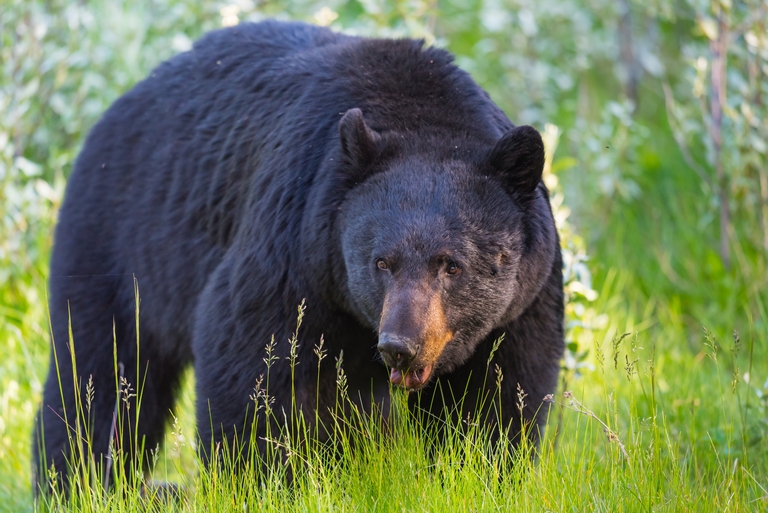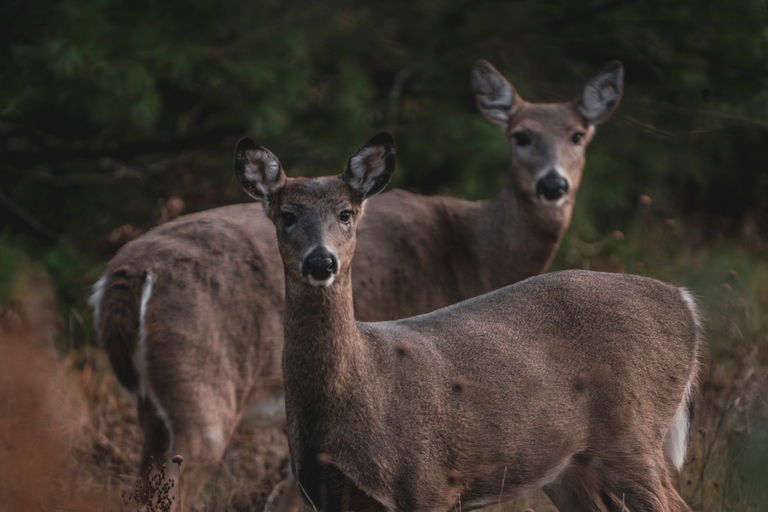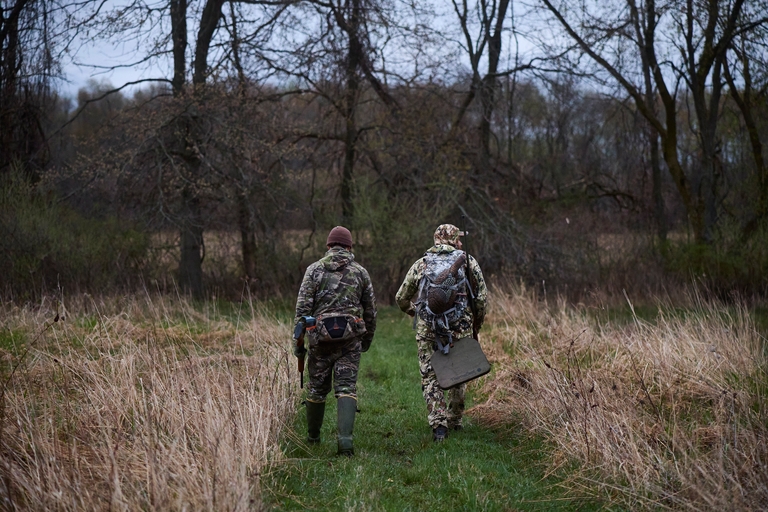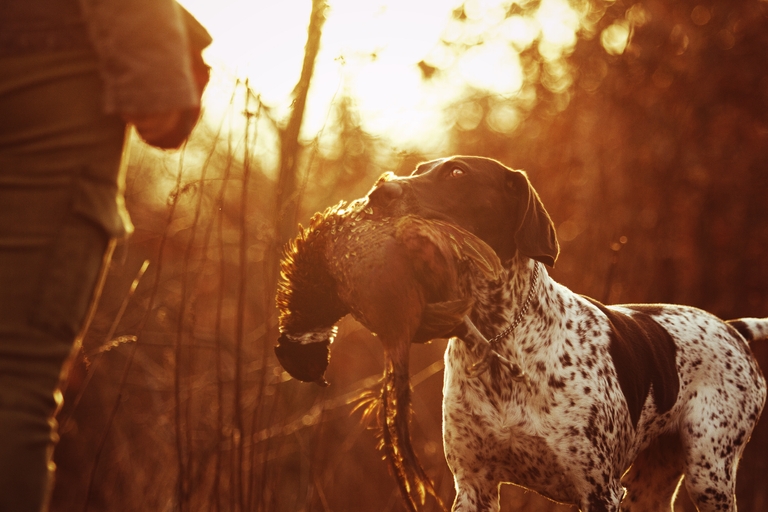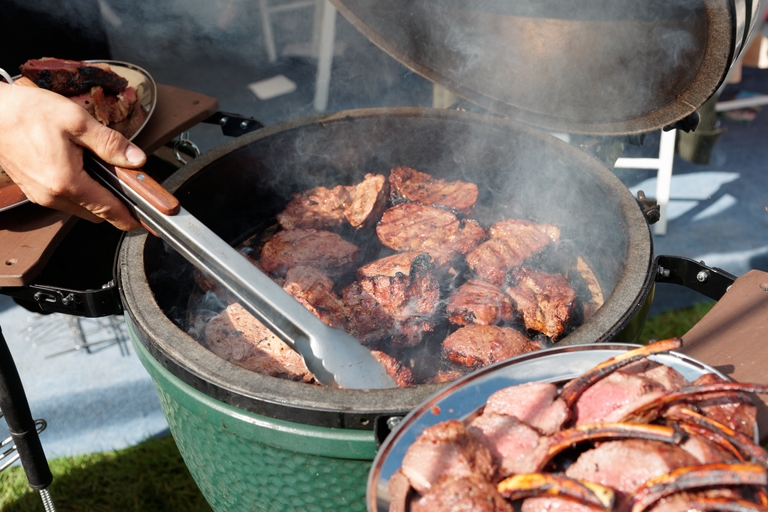Hunter Safety: A Buck's Revenge and a Lesson in Hunting Alone
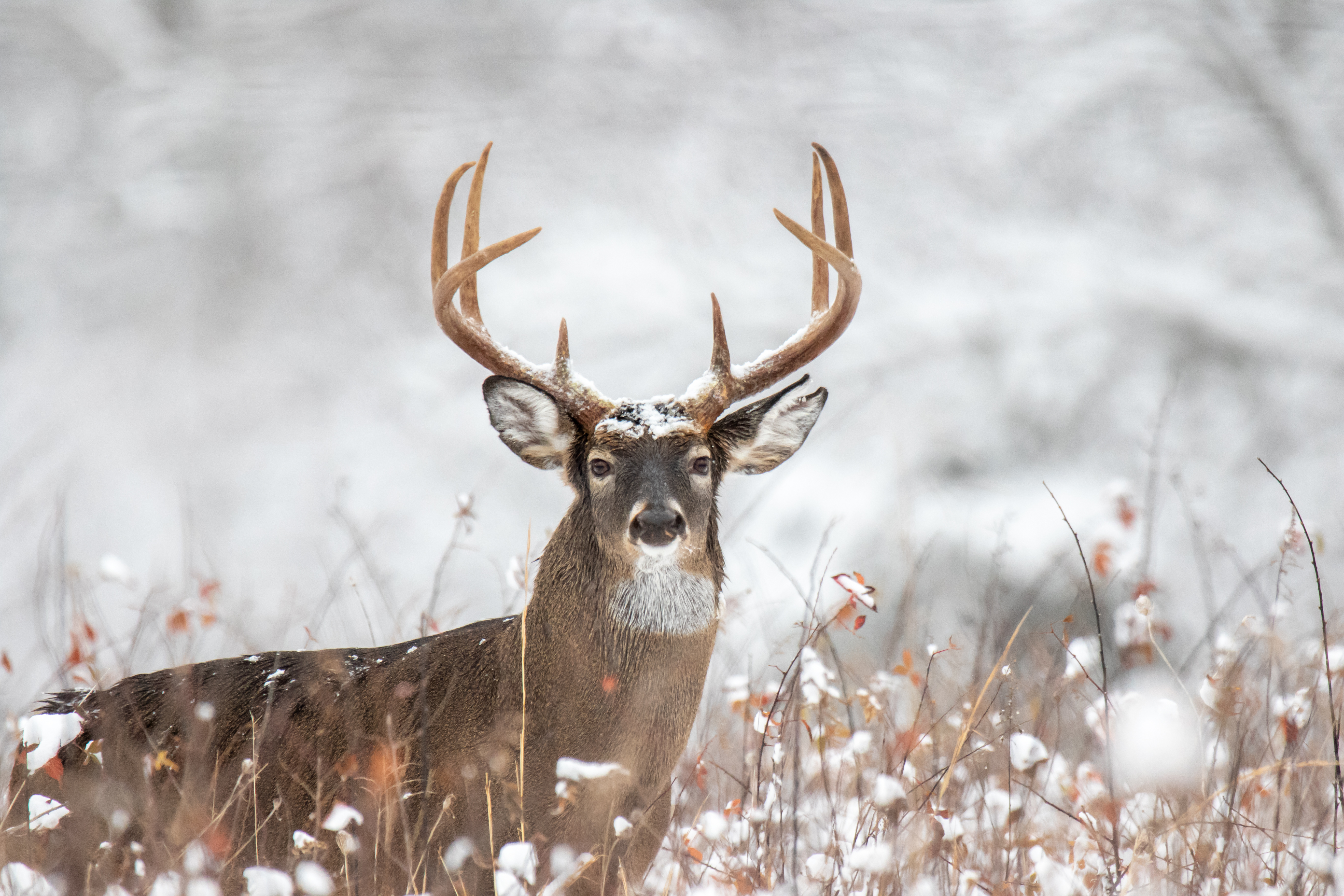
Even experienced hunters make mistakes that threaten their safety. However, a hunter education course can provide the knowledge you need to recover from a mistake and make it home safely.
Today, we share a story from Eric Mongar, a Montana hunter education instructor who started teaching in 1989. Despite knowing how to be safe in the field, he still made a very dangerous mistake. Learn how he made it out safely with his story below.
Never Lost
During the 2015 rifle season, my hunting partner and I hunted here and there, and I noticed that no matter where I headed off to hunt, my partner was there in sight.
I have never been lost (knock on my hollow head), so I like to make my own trail. For goodness sake, we have radios for safety, and I have done my share of rescues, so I thought to myself, "Go get lost!"
Well, day after day, the same thing: no deer. On our last day of the week's hunt, I asked my partner why he didn't get any further away than where he could see me. He replied, "I have been turned around once, and you always seem to know where the truck is, so I stay where I can see you!"
I laughed and said, "Okay, I can work with that."
So I dropped him off at his house, planning to head out again on Monday after the weekend. I dropped him off and headed down to my camper down the next block.
Out on My Own
I was sitting there, and I said to myself, "Self, you should get up early Saturday morning and go hunting your way."
I had the best sleep all week. I got up at 4 a.m., made coffee, and went out the door. It's a 50-mile drive to the spot. It had been snowing since I went to bed, which is good. You know what I mean: good tracks in fresh snow make it easier to track the deer you want to harvest.
I told my wife where I was going, and she was staying at the camper with the home base radio on in case I needed something. So I put the truck in four-wheel drive and chained up all four tires.
Blazing a Trail
Up the road I go. Blazing a trail is another good sign. There are no other hunters up this high yet. Maybe they thought the snow pushed the deer to lower valleys. They could be right, but this felt right also.
I got to the top and parked; it looked like about a half-mile hike to the peak, with about eight inches of fresh powder snow covering the rocky terrain. I sat in my truck, waiting for the sun to rise enough so I wouldn't have to use a headlamp to see. For me, that's a good, safe time to hunt because orange is very bright at this time of morning.
I headed down the road about 500 yards and turned straight up the mountain. "Steep" is a poor word for how steep this was, and the loose square rocks under eight inches of snow were very slick, but I kept moving. I came to a game trail going horizontal to the peak, and it looked like a freeway during rush hour in Seattle, so I followed slowly south along the mountain.
I came to an old barbed wire fence, four stands with no posts in sight, lying on the ground at the same point where another game trail headed up, and so I stepped over the barbed wire. I know I am on state land, so I wondered how old this fence is.
I reached the bottom of a rim rock like a castle wall, towering sixty feet above me, and deer tracks: only one set. Moving west up and around the rim rock, my heart was beating hard. I saw only one track, and it was heading up.
It was steep and slow going, but I got on top. I do not like heights where I can fall, so on top of the excitement, I had the fear of sliding off the rim rock. I climbed about 20 feet above the rim rock and was taking a break behind this snow-covered bush. I was mouth breathing to be quiet and looking up at the peak, thinking I was only halfway there.
Spotting Antlers
Once I relaxed, I looked for my next place to move and hide and saw what I think are antlers – yes, antlers! I thought they must be sheds because they were very close to me, and then they moved.
Yes, the antlers started to move up, and I was freaking inside. So I slid my rifle out and up to my shoulder, and I quickly looked through the scope, and I could not see anything; he was too close for the scope.
Good gookamoo, what can I do?
The antlers are still moving up, and it's a whole mule deer head right there. As our eyes met, I pushed my rifle forward, hitting him in the chest, and I pulled the trigger. There was no sound from the rifle, but I felt the recoil.
The buck jumped to my left, then to his right for one step, and his face and antlers crashed into the ground. He plowed a path parallel down the hill along my track coming up. His antlers got snagged in a bush, and he flipped over and came to rest against the bush, which was about 10 feet above the rim rock edge.

I sat there shaking like a leaf, trying to hang on in a 30-mile-per-hour wind on the valley floor. He was right there, I tell you, my rifle made contact!
Good gookamoo, he could have killed me. As it sank in, I realized I had caught him in bed. I quickly looked at my cell phone, which read 9 a.m. on the dot. Holy Toledo, I snuck up on him in bed!
Once I regained my composure, I worked my way down to him. I made sure he was dead, and then I tagged him. So I opened him up to start the cooling process, grabbed my camera, and took a few shots.
Going Downhill
I field-dressed the buck and tied a rope to his antlers, using the rope to guide him around the rim rock and down to the truck. Well, the buck had other plans for us. I slipped on a loose rock, and he dragged me down the hill at what felt like warp speed.
We came to a sudden stop, and my glasses and hat were gone. I felt warm in places on my face – the kind of warm when blood is leaking out; yes, that is the feeling!
My left arm was stretched down with the deer tied to my wrist, and my right hand was holding onto the last strand of barbed wire fence I had stepped over on my way up. We have gone under the fence.
I planted my feet and slid my right hand out of the glove, leaving it on the barbed wire. Then I pulled out my knife and cut the rope, releasing the buck, and boy, did it make it to the road all on its own.
I removed my left glove and turned around to find my hat and glasses; once I recovered them, I felt the warm spots with my bare hand, and, yup, I was bleeding and had no hunting partner to help, and my wife would not be able to get someone there if it's bad.

So I sat there, calming myself and using my knowledge to figure out that that none of the scratches were life-threatening. I collected my gloves and worked my way down the mountain to the buck that is right beside the road, ready to load himself. I called my wife and I told her I had scratched my face but I was okay.
I drove the truck down, slid the buck into the truck, then headed back to the camper. By now it's 11 a.m. I woke my hunting partner up and told him I had a deer to hang in his garage. After we hung, skinned, and wrapped the deer, I headed to the clinic.
At the clinic, they gave me a tetanus booster shot and wanted to stitch up the scratch – okay, gash – along my chin bone. I asked them if they could stitch it up without shaving my beard, and the doctor said no. I asked them not to stitch it then for two reasons: one, I still needed to help my hunting partner get his deer because, you know, he does not like to hunt alone. So I can hike with him, but not without my beard to keep my face warm!
Then, the second and most important reason is that it will always remind me to never hunt alone.
The ER released me, and I headed to the camper. I opened the door, and my wife came unglued, telling me I needed to go to the clinic. I said, "Been there, done that!"
She laughed and said, "Where was Don?"
Lesson Learned
I explained to her all that had happened, and she agreed it was a good hunt but asked me not to hunt alone again. I agreed.
I took Sunday off to recover and eat the tenderloins from my deer with my wife and Don. We planned to get his deer, and Don and I headed to the river on Monday morning.
He wanted a whitetail since I got a mule deer; we share our harvest. We arrived at the river early and sat on the edge of a bluff. This nice three-point whitetail buck walked out of the brush, and Don harvested him without any event.
This year, we won, and nature lost, but every year is different. A year later, I am healed, and my wife loves my scarred, bearded face.
Lesson learned: do not hunt alone.

Eric Mongar, after a less dangerous hunt.
Learn Hunter Safety Tips with Hunter-Ed
Eric's experience as a hunter helped him stay calm and get home safely after a dangerous situation in the field. He even had some safety precautions in place, like letting his wife know where he was going and having her stand by the home base radio in case something went wrong.
However, he made a critical mistake that ultimately put him into a dangerous situation: hunting alone in a dangerous area. Plus, many other things could have gone wrong as he slid down the hill.
While we're glad Eric tagged his deer and made it home safely, we hope hunters don't end up in unsafe situations like that! We want everyone to return home safely after a successful harvest.
To learn crucial hunter safety tips before your next hunt, make sure you take a state-approved hunter education course through Hunter-Ed. We teach hunters how to prepare for a hunt, stay safe in the field, practice good firearm safety and shooting techniques, and much more. Plus, most states require hunters to get safety certified before hunting season begins!
Don't get caught in a dangerous situation during your next hunt. Find the course for your state and start learning!
Originally published September 29, 2016. Content updated September 4, 2023.


